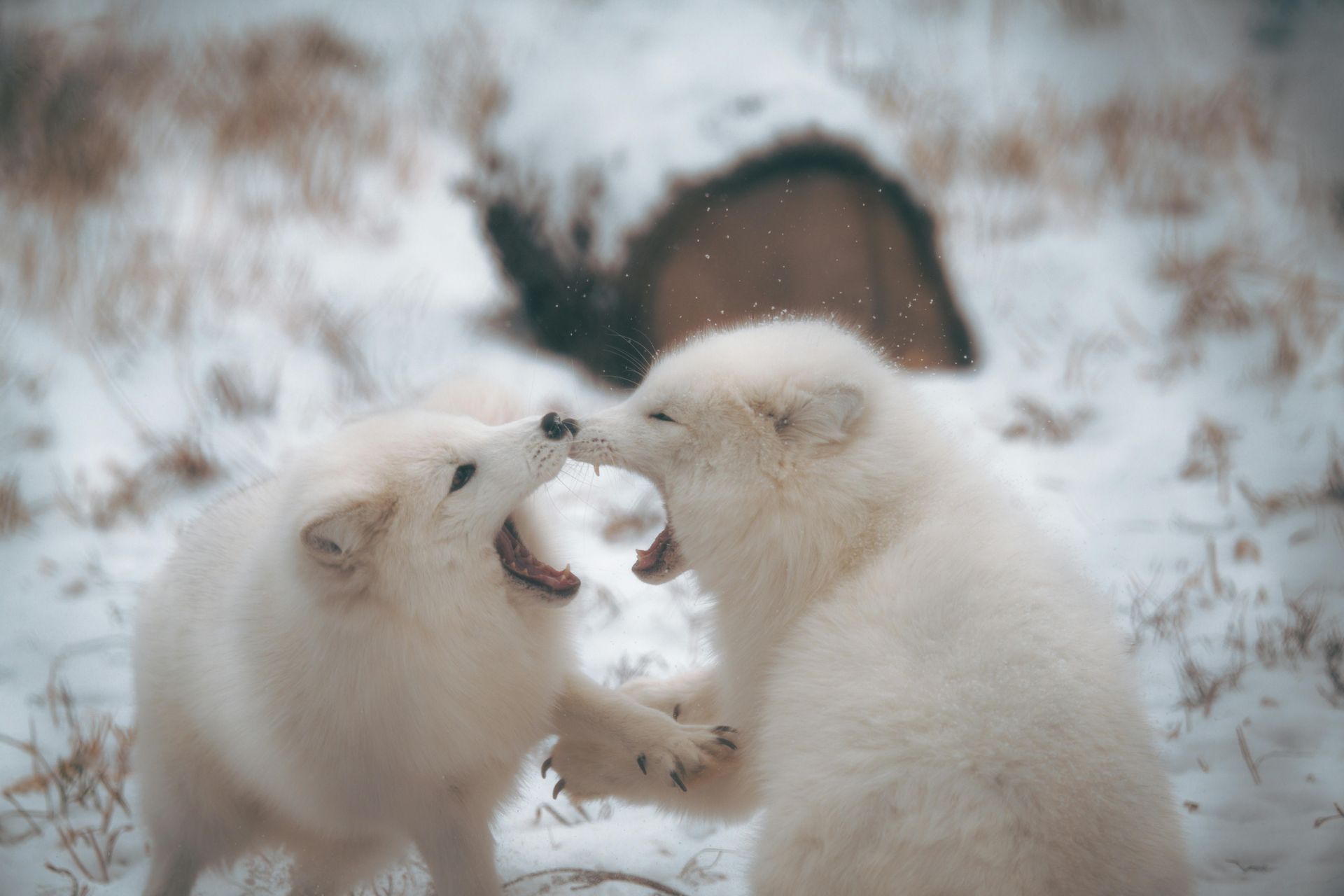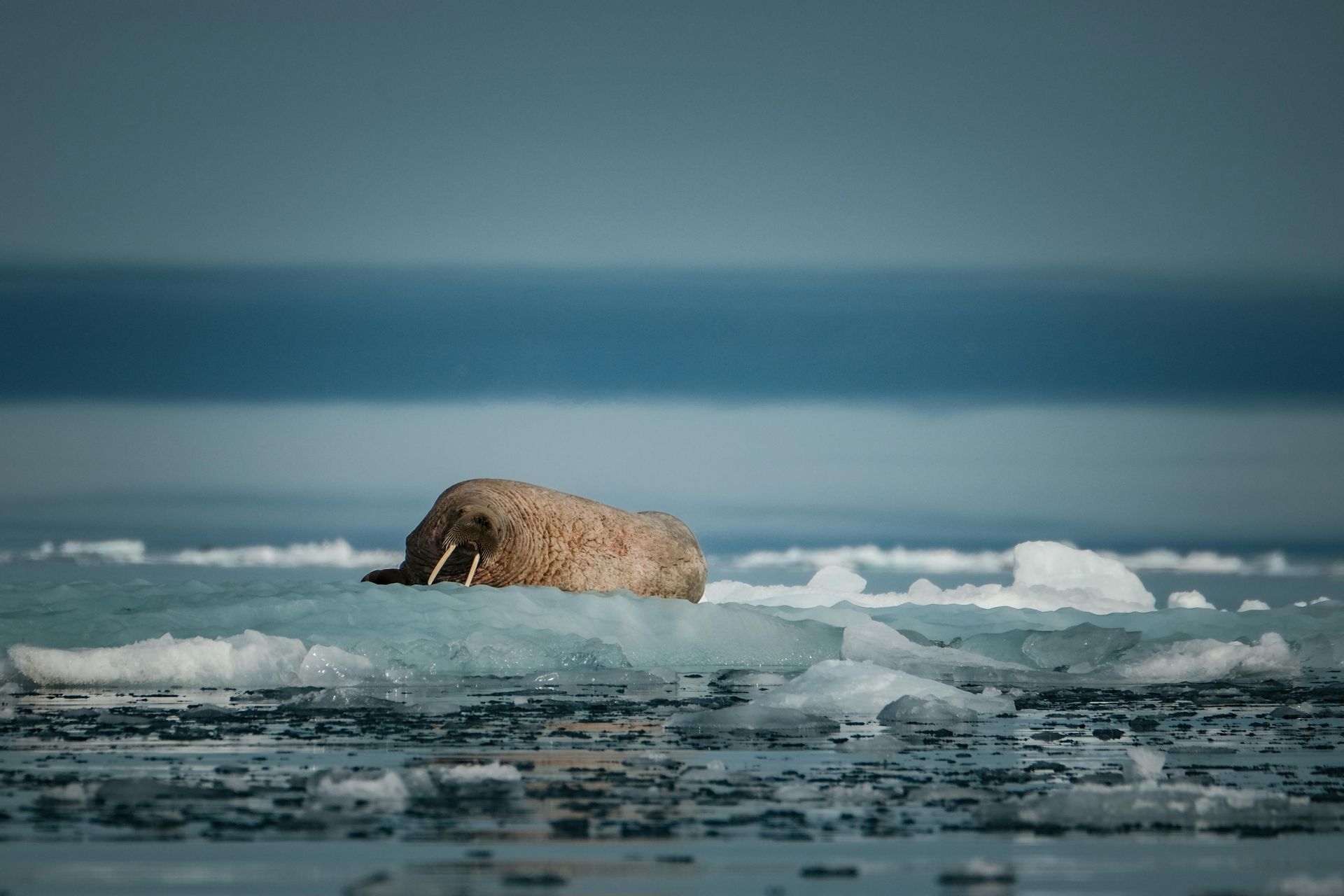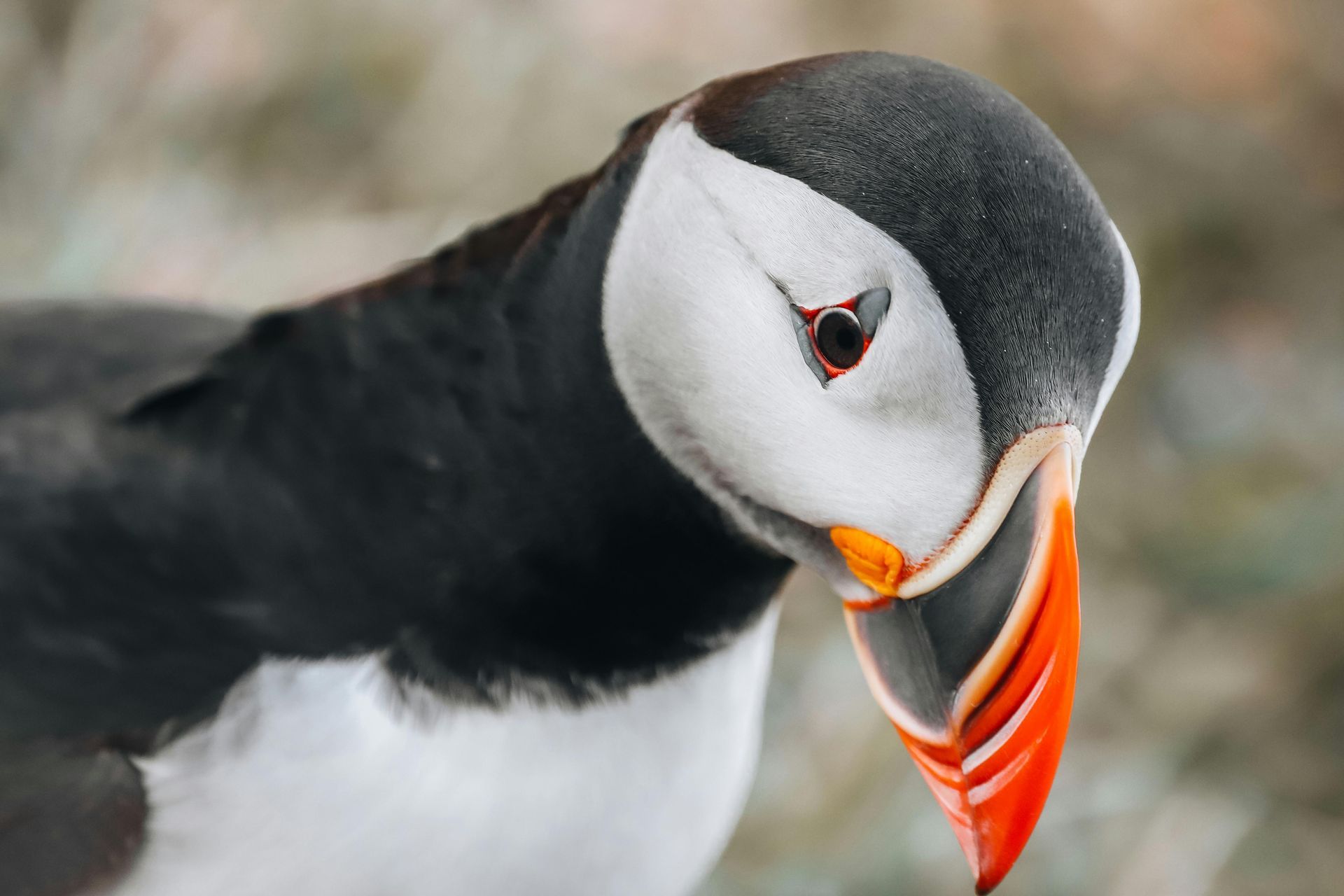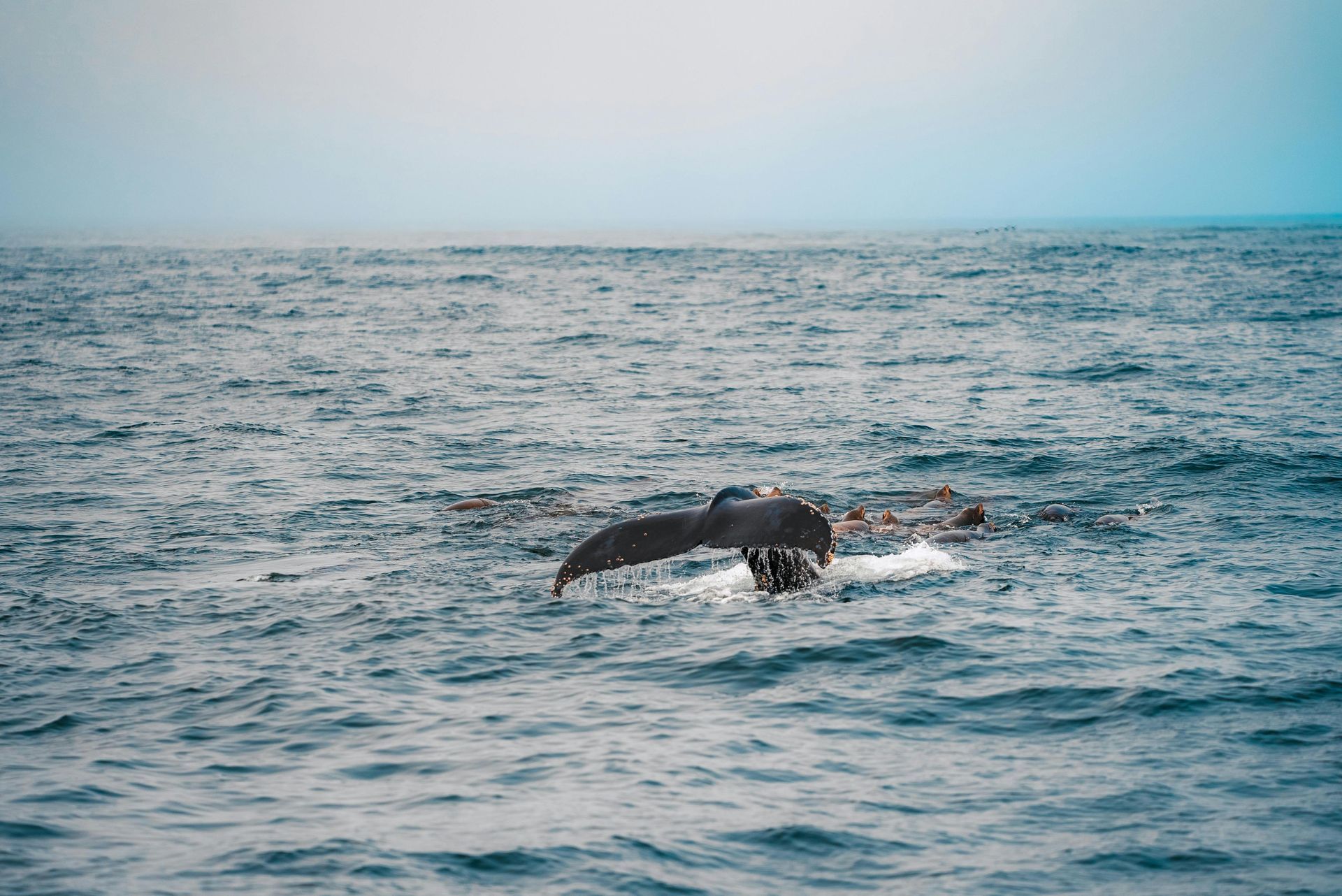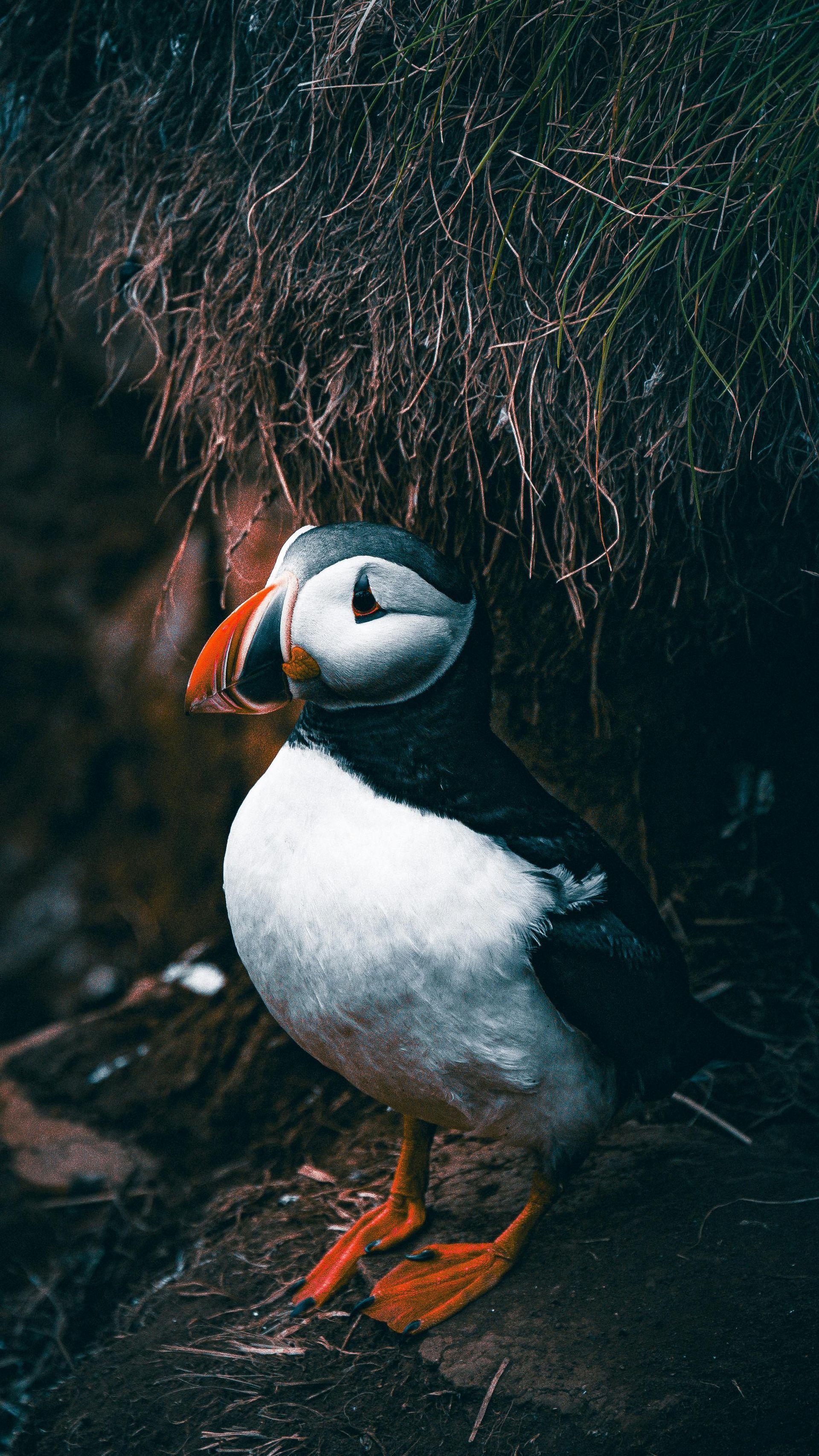Bearded Seals: The Acoustic Architects of Arctic Ice Floes
Bearded Seals: The Acoustic Architects of Arctic Ice Floes
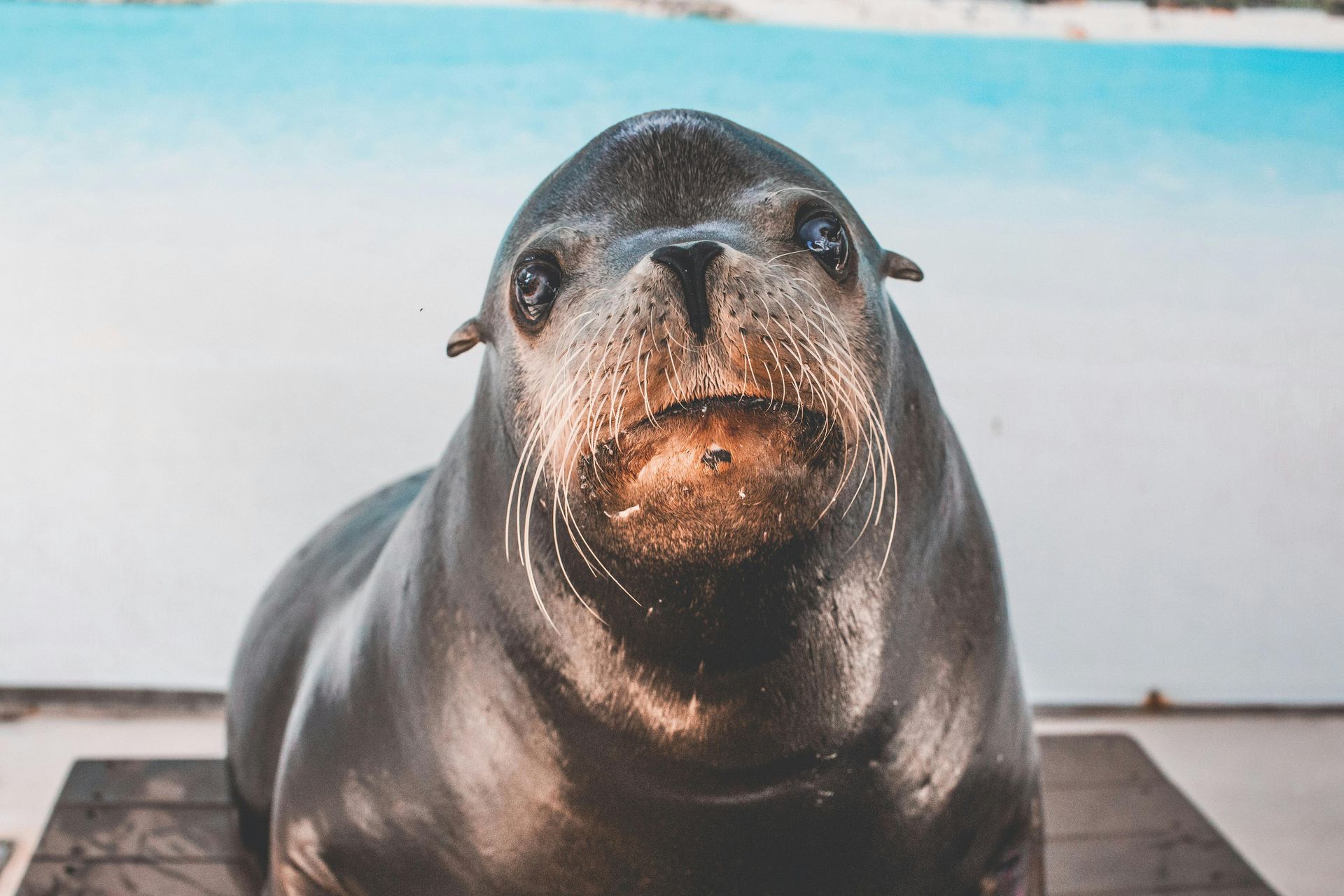
In the vast stillness of the High Arctic, where snow-draped mountains meet shifting sea ice and the silence can feel eternal, a haunting, otherworldly sound often rises from below. It’s not the groan of a glacier or the howl of wind—it’s the underwater song of the bearded seal. These solitary, enigmatic creatures are among the most iconic marine mammals of Svalbard, not only because of their distinctive appearance and resilience but also for their eerie, melodic calls that pulse through the icy fjords like the echo of an alien symphony.
Bearded seals are named for the long, white whiskers that fan out from their square muzzles. These tactile, sensitive whiskers aren’t just for show—they’re vital tools for foraging on the muddy sea floor, helping the seals detect clams, crabs, and fish buried beneath the sediment. With bodies built for cold water and thick blubber to insulate them from freezing temperatures, they are perfectly adapted to life among the drifting sea ice around Svalbard’s coasts.
Unlike their more gregarious cousins like walruses or harp seals, bearded seals tend to be loners. They often haul out on solitary ice floes to rest, molt, or give birth, and their slow, methodical movements match the quiet dignity of their frozen surroundings. But despite their silence on the surface, the underwater world they inhabit is anything but quiet. During the mating season, male bearded seals produce elaborate vocalizations—long, undulating trills and whoops that can travel kilometers through the water. These songs are believed to serve both as mating calls and territorial signals, creating a sonic map of seal activity beneath the ice.
These eerie compositions give bearded seals a poetic presence in Svalbard’s marine world. Divers and underwater researchers often describe the experience of hearing bearded seals as surreal—like the soundtrack to another planet. In the spring, when the fjords are still locked in ice but the sun begins to return, the seals' calls become part of the Arctic’s seasonal awakening, echoing through the twilight waters below the frozen surface.
Svalbard offers a rare opportunity to observe these elusive animals in their natural habitat. In spring and early summer, when the sea ice is breaking up and fjords begin to open, boat tours and wildlife expeditions may spot bearded seals resting on floes or swimming near glacier fronts. Their behavior is slow and deliberate, and they’re less likely to dive in panic compared to other seal species—meaning careful, quiet observation can often reward visitors with remarkable views and photographs.
What makes bearded seals even more special is their role in the Arctic ecosystem. As benthic feeders, they keep the sea floor community in balance, and in turn, they are a crucial food source for Svalbard’s top predator—the polar bear. Polar bears often stalk bearded seals at breathing holes or from ice edges, using incredible patience and stealth. The relationship between seal and predator is a finely tuned dance of survival, shaped over millennia by the rhythm of the Arctic seasons.
Conservation of bearded seals in Svalbard is closely tied to the protection of sea ice. As climate change accelerates ice melt, the seals’ habitat is under increasing pressure. The loss of stable floes for pupping and resting threatens their reproduction and safety, particularly for vulnerable pups. Scientists in the region monitor their populations and acoustic behavior as part of broader climate research, using their songs to track presence and distribution over time.
Despite the challenges they face, bearded seals continue to embody the quiet strength of the Arctic. Their ability to thrive in extreme conditions, to communicate with music in a frozen world, and to persist with minimal disturbance in an ever-changing environment marks them as one of the Arctic’s most mysterious and admirable species.
To encounter a bearded seal in the wild—lying peacefully on an ice floe, curling a flipper over its body, or gliding silently through a meltwater channel—is to feel the Arctic’s essence distilled into a single, serene moment. And to hear their haunting underwater songs is to be reminded that even in the quietest corners of the world, there is a voice, rich with life, echoing through the deep.



